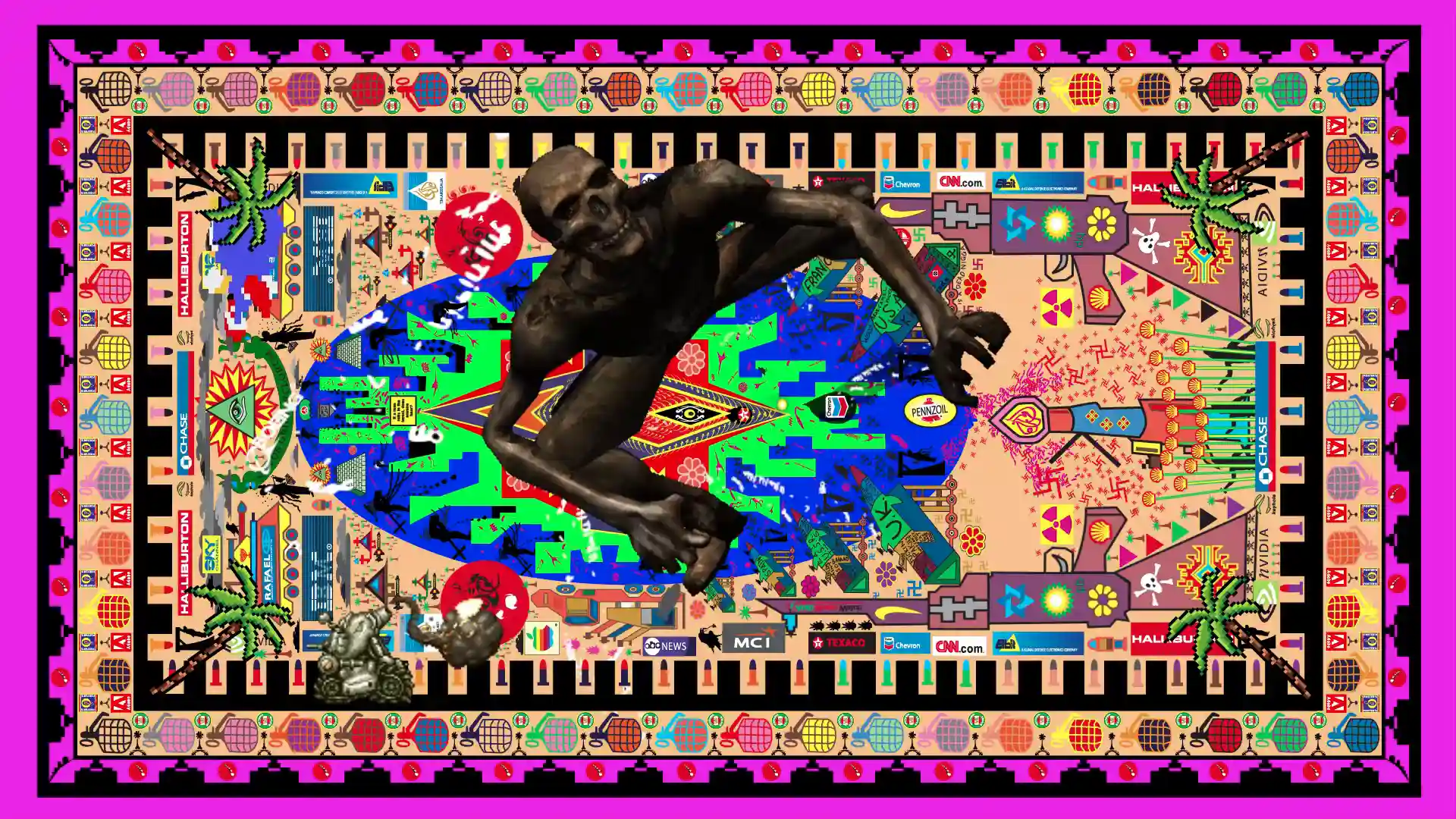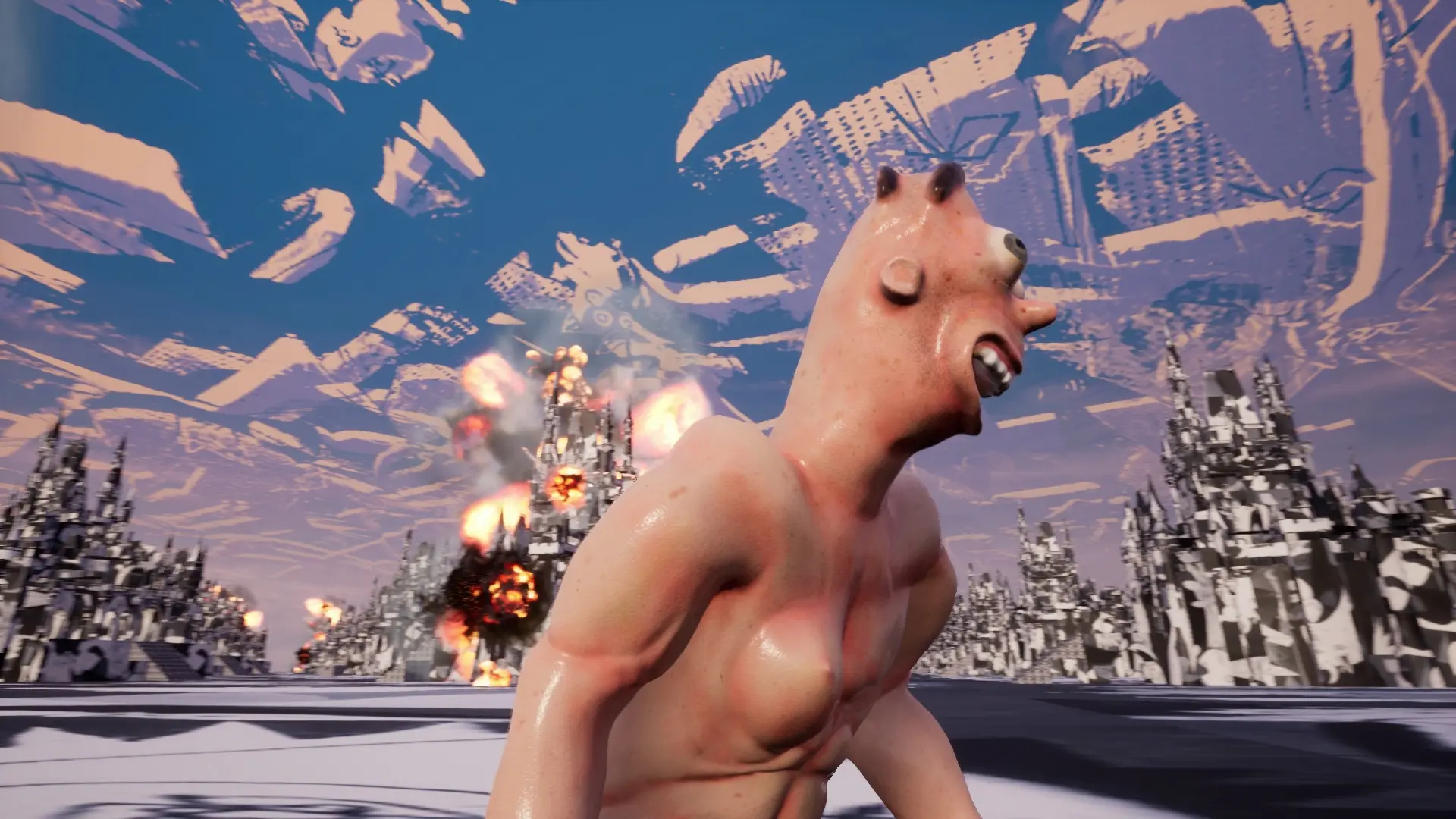NEW DAWN: Part I
An Interview with Chris Howlett
MATHIAS JANSSON
The important point to make is that reality has always been virtual. I don’t think that this side-steps or contradicts the question since it is the very ambivalences and ambiguities which shape the terrain the work tries to take a position on- whether that happens successfully or not is still under-determined. As both a philosophical and ontological problem it is quite complex – there is a beautiful notion that Deleuze put forward when talking about his paradoxical theory on `transcendental empiricism’ in that our perceived reality is not only conceived of empirical evidence but also of apriori observations that constitutes an understanding of consciousness which operates both beneath language and beyond it which he characterized as ‘transcendental’; it is the infinite potential field of virtualities out of which reality is actualized’, he said, which EXPANDS consciousness and the ways in which we can understand the Self existing in a state of becoming. If we can agree that video games or virtual space is an extension of reality and most of us already agree upon, then trying to neatly package up their differences seems obsolete.

above: New Dawn: Part I, 2013. 4-channel, unsynched colour video with stereo atop of a Flash Gordon logo in ply and acrylic. Installation details. Boxcopy Artist Run Space, Brisbane, Australia.
What makes me uncomfortable are the illusionary edges that exist between them, the conflicts that arise when we use reason and logic to discern their concrete existence and the slippages that occur with our understanding of perception as we try to unravel the political dimension behind this phenomenon.
It is these shifts in my perspective and the viewer’s perspective I’m after, since these shifts in consciousness can lead to new forms of understanding being developed through Art.
If I can be concise in trying to sum up my answer to the question it would be – there are no borders to cross, only space for us to inhabit.
Jansson: In you works you are using and remixing the never ending stream of news and user generated content published on internet and social media. Do you see the artist in the future as a person remixing our visual culture instead of creating new unique visual images?
Howlett: Appropriation, remixing, mashups, quoting and collage are some of the strategies that artists have been using for some time now and all share some form of connection to one another, but as an artist it’s not just a matter of the tools you use and the medium in which you deliver the content in, but how the message within the medium resonates; how representation and your intent underpinning it functions, rather than simply re-presenting technology or popular subculture trends back to the viewer as a mirror of themselves. The message is the medium was once a powerful new way to understand media and material which artists took up in the 50’s and 60’s, but it’s less important now. For me it is simply a means to an end, a way to understand the underlying meaning behind the artwork in question. That’s why remixing or repurposing [appropriating] pre-existing material is such a seductive strategy since you can take a corporatized message and short circuit it or remap another kind of history, whether it be personal or invented, over the top of its original intended message.
There is also a certain level of satisfaction or thrill you get in taking it over or cannibalizing images for your own control. It takes the “less” out of “powerless”. You also realize how fragile every symbolic system or model is once you routinely process this way. A strategy like remixing also has a dual and paradoxical relationship within culture since remixing in commercial music is officially accepted while in other areas it can be interpreted as violating copyright law or even stealing. This can also be the case with Machinima where on the one hand you have game developers and the companies who financially support them, providing the software tools to create videos in-game, but who don’t foresee the communities’ wide ranging abilities to develop software to subvert their source code in the form of modding tools and then provide these same tools back to the communities who will use them on a mass scale. There seems to be arbitrary limits placed on gaming depending how much access game companies and corporations want to give over to those wishing to play, since they already know what’s potentially in store for them. So on the one hand it seems subversive, but on another its widely accepted and even promoted, depending on what “open” system companies want to original set up…








